
ENJOY the sight of bees and butterflies in the garden this summer by selecting wildlife-friendly bedding plants for borders and hanging baskets. Single-flowered choices, such as cosmos, give pollinators access to nectar, whereas traditional bedding plants (including double French marigolds) have such layers of petals as a result of horticultural breeding that the nectar and pollen are unreachable.
On top of this, the single-flowered and semi-double species that wildlife feed on have a more contemporary look, injecting the garden with refreshing new life. Increasingly, councils are planting this type of bedding in parks and on roundabouts, both to help wildlife and to create a modern look.
Another change is that summer bedding is planted in layers, as a border would be, with ‘see-through’ airy plants and tall plants providing height at the back. The days of park flowerbeds being a flat sea of double begonias, pansies and petunias, with not a bee or butterfly in sight, are gone.
Butterflies and bees
One of the best bedding plants for butterflies is sweetly scented heliotrope, such as ice-blue ‘Reva’ and violet ‘Nautilus Power Blue’. They also flock to vervain, including the airy purple Verbena bonariensis ‘Lollipop’, which can be used to create layers, and lipstick-pink Glandularia ‘Sissinghurst’, which looks lovely tumbling out of a pot on the patio.
This story is from the June 19, 2021 edition of Amateur Gardening.
Start your 7-day Magzter GOLD free trial to access thousands of curated premium stories, and 8,500+ magazines and newspapers.
Already a subscriber ? Sign In
This story is from the June 19, 2021 edition of Amateur Gardening.
Start your 7-day Magzter GOLD free trial to access thousands of curated premium stories, and 8,500+ magazines and newspapers.
Already a subscriber? Sign In
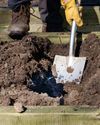
To dig or not to dig?
Should we be carrying out a full dig on plots now? Bob considers the pros and cons of the 'autumn dig' debate
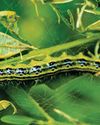
The box ball blues
As if his beleaguered box hadn't already taken a beating, Toby now has to deal with some hungry box caterpillars
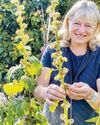
Save your own seeds
Masterclass on: seed saving
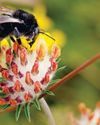
Strange sightings
Three unusual insects turn up in Val's garden in one day
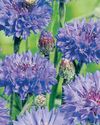
A bolt from the blue!
Cornflowers are perfect for garden and vase
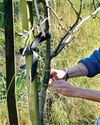
Winter moth prevention
Ruth shows you how to avoid maggoty tree fruits
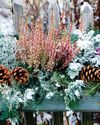
Create a winter container
There are as many options as in summer
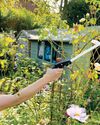
Lightweight gardening tools
AS well as being good for our mental health, gardening is also great exercise.
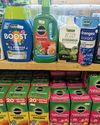
Autumn price round-up
AG finds better bargains in lesser-known brands
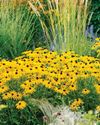
Rudbeckias
Rudbeckias are ideal for sunny summer patios and borders, with some able to survive our coldest winters